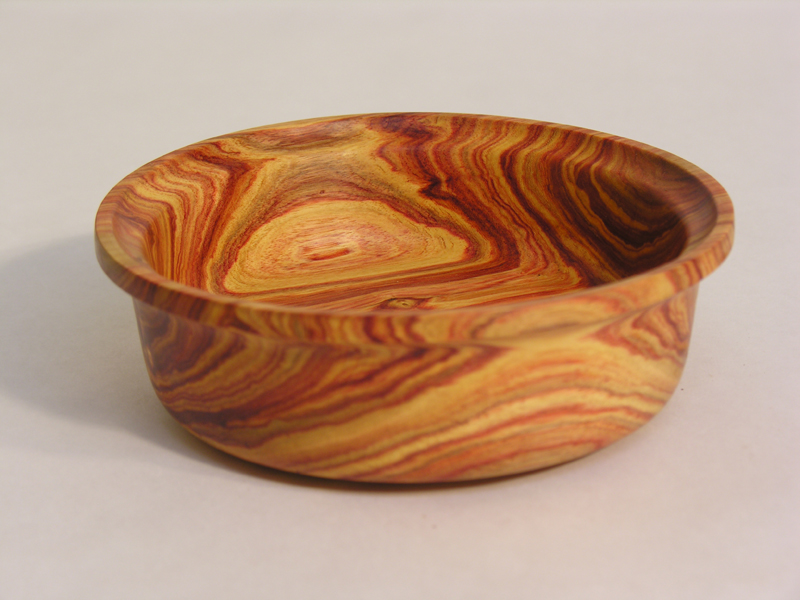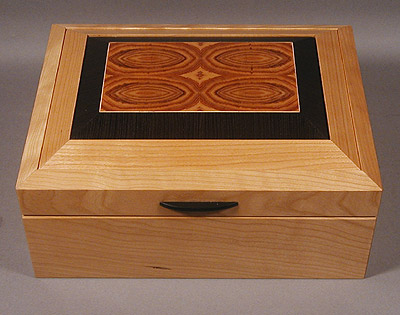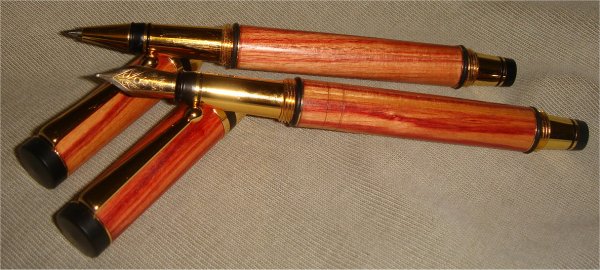When it comes to buying wood, it’s important to know what you are asking for… Some of the names of the woods out there are very similar.
For instance, everyone knows what poplar is, right? It’s that light colored wood with the green or purple streaks in it that is inexpensive, holds profiles very well and makes for some sweet looking painted or stained projects. Sometimes, it’s even referred to as tulip poplar.
And, if you thought that’s the species I was writing about, you’d be wrong.
“Yeah,” said Eric Poirier of Bell Forest Products. “We get that a lot. People call us looking for tulip poplar for some projects, but, wow, are they missing a spectacular wood also known as tulipwood.”
The tulipwood Eric is referring to comes from Brazil, and if you haven’t seen it up close and personal, you are in for a treat. This tulipwood is hard and heavy with a fine texture. Unlike the greens, purples and off-whites of tulip poplar, the sapwood is a solid yellow color, while the heartwood color ranges from a pink to a darker red, with a straw colored background.
While tulipwood is excellent for furniture, the pieces tend to be smaller due to the tree’s growth habits. “You’d think this would be a problem,” said Eric, “but there are plenty of woodworkers out there who turn beautiful projects from pieces of the stuff. It’s also a very popular choice for knife handles, pens and smaller accent pieces.”
Another surprise about the wood is how well it polishes up. “I’ve seen projects where the woodworker has sanded the piece down to a fine grit and then buffed it with a felt wheel. The finish is something to look at.”
If you are looking for something a little off the beaten path, trying a little tulipwood in your next project may make it look like things are coming up roses.




New photo at the top of the page I see. Is that a new bench for you?
Nah… but I did put it up there because it’s gorgeous….
The grain on the bowl looks beautiful.